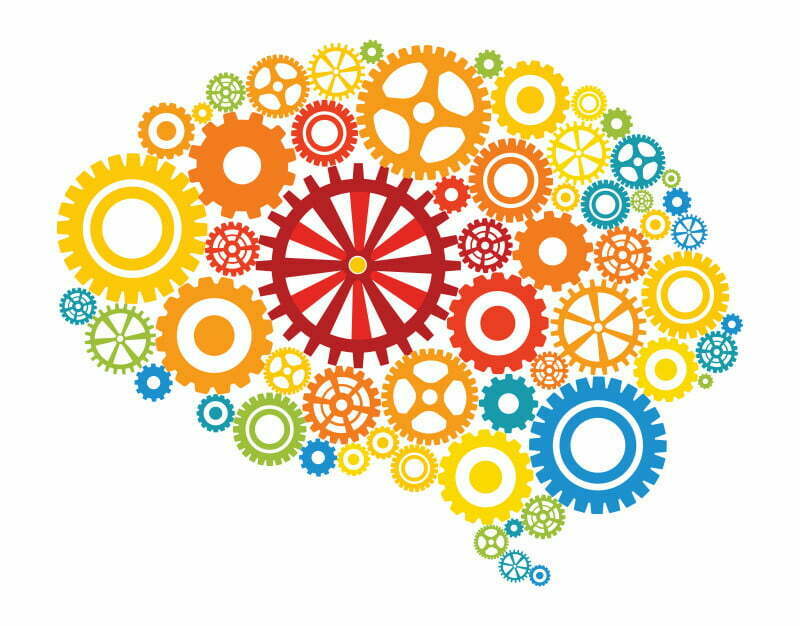Cell biologists have discovered the protein that may be the crucial traffic regulator for the transport of vital molecules inside nerve cells. When this traffic regulator is removed, the flow of traffic comes to a halt. The resulting ‘traffic jams’ are reported to play a key role in neurodegenerative diseases such as Alzheimer’s and Parkinson’s disease. The discovery of this traffic regulator may therefore be crucial for a better understanding of the development of neural disorders. The results were published in Neuron.
In most neurons, an area between the cell body and the axon called the ’axon initial segment’ serves as a checkpoint: only some molecules can pass through it. This area has stumped scientists for more than a decade. Why should one type of molecule be able to pass through this area, while others cannot? The answer is to be found in the traffic regulator, a protein called MAP2.
The cell biologists first discovered that larger quantities of MAP2 accumulate between the cell body and the axon. When they removed MAP2 from the neuron, the normal pattern of molecule movement changed. Certain molecules suddenly ceased to enter the axon, whereas others accumulated in the axon instead of passing through to the cell body. This abnormal transport indicates that MAP2 is the driving force behind transport within the axon.
The researchers went on to make another very important discovery. Since axons are so long, transport in the neurons is carried out by sets of proteins — known as ’motor proteins’ — that carry packages of other proteins on their back. As it turns out, MAP2 is able to switch a specific ’motor protein’ on or off, like a car key. This means that MAP2 actually controls which packages of molecules may enter the axon and which may not. Targeting the activity of the transport engine allowed the researchers to make another interesting discovery: MAP2 is also able to control the delivery of molecules at specific points along the axon.
Noting the link to a range of neurodegenerative diseases – including Alzheimer’s, Parkinson’s and Huntington’s disease – the researchers say that they hope their discovery could lead to new targets and potential disease-modifying therapies.
Paper: “MAP2 Defines a Pre-axonal Filtering Zone to Regulate KIF1- versus KIF5-Dependent Cargo Transport in Sensory Neurons”
Reprinted from materials provided by Utrecht University.

